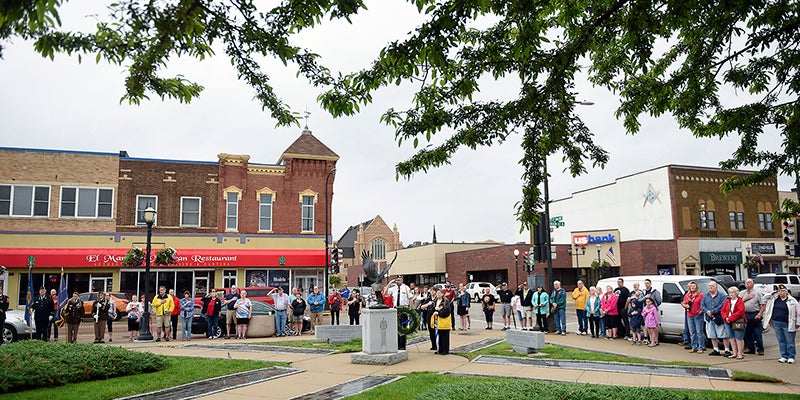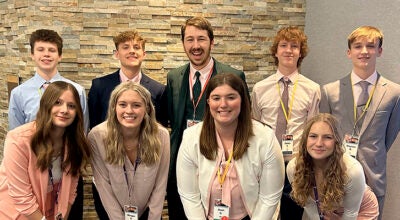AHS showcases science lab
Published 10:36 am Monday, October 6, 2008
Mark Raymond’s “class” received a 100 percent on its chemistry test Saturday, with every one punching the correct symbol for Calcium, “C,” into their Senteo gadgets.
Maybe they weren’t actual pupils, and it was not a real-life high school class, but the teacher gave community members a first-hand look at the science education students at Austin High School are receiving.
Senteos, also known as “student response systems,” allow students a wireless connection to their teachers during class. It is just one of the state-of-the-art devices exhibited during the ribbon-cutting ceremony and open house for the $1.5 million science lab and classroom renovation at AHS.
“We’re really just getting into the potential of the labs,” Raymond, the head of the science department, explained Saturday. “Fall has been a very busy time.”
Raymond, as well as student Caroline Brown, interim superintendent Bruce Anderson and Richard Knowlton, chairman of the Hormel Foundation, spoke to parents, community members and school staff during a brief presentation in the AHS Commons. Anderson praised Knowlton and the foundation, who donated the $1.5 million for the project.
“We will be elevated to a place where Austin High School as we know it will be at the top,” Knowlton said. “Many of use didn’t know what kind of education we got a Austin High until we go into the real world, in college.”
Knowlton said the renovation will encourage teachers to “elevate” their teaching.
“This is not a one-time proposition as far as we’re concerned, with support,” he explained, indicating Ellis Middle School could be a possible future project.
“These are some visions we have in which we can help you along,” he said. “Demonstrate to us this was the right path, and we will respond.”
Caroline Brown, an 18-year-old senior with a 4.0 GPA who is active in dance, swimming, track and National Honor Society, among other activities, said the new labs “are going to have a tremendous effect on the students who take science classes at Austin High School.”
Brown explained the facilities have digital microscopes that capture video footage, and air filters, or “snorkels,” that alleviate the smell from dissections.
During the tours, science teachers demonstrated what students are using in classes, like SMART Boards (interactive whiteboards), and Lab Probes, which Raymond used to measure pH levels and graph data.
The accurate, “real-time” equipment helps teachers prove that “math is not just math magic — it works in the real world,” Raymond said.
The labs can support up to 32 students at a time, but classes have usually been kept under 30 for the last couple years, he explained.
“A lot of other districts in Minnesota wish they could say that,” Raymond said.




